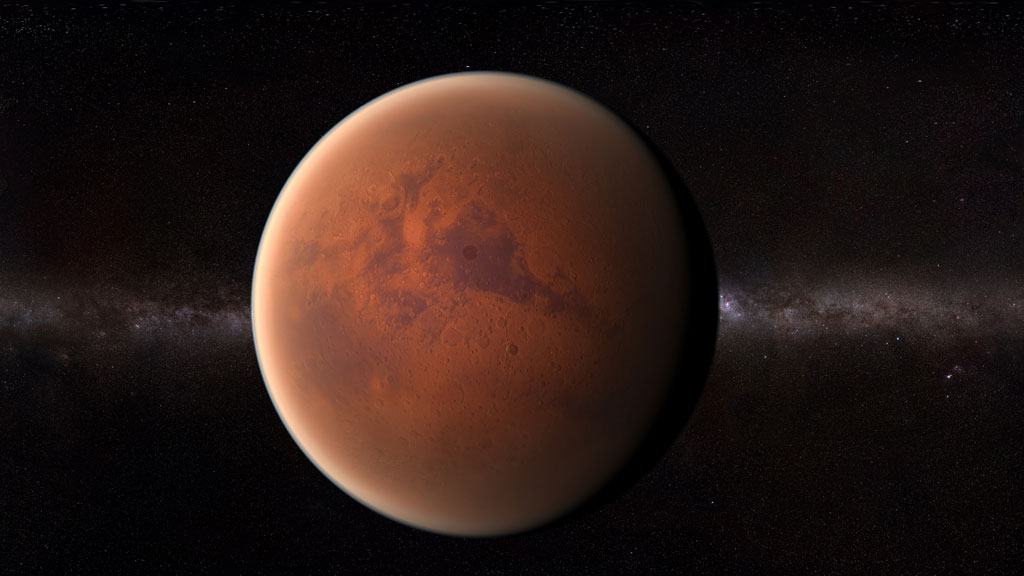How feasible is a mission to settle Mars?
Can humans get to Mars?
Yes, with difficulty. As successive robotic missions to Mars have shown, we have the technology to travel from earth to Mars and land there. But supporting human life all the way there means you’d need large and complex spacecraft.
Based on today’s technology, it would probably be too heavy to launch in one piece and send on its way to Mars directly like robotic missions are.
Will the astronauts be alive when they get there?
Probably. The challenge for any manned mission is getting the astronauts to Mars in one piece. The length of the trip (six to nine months depending on who you ask) makes the life support systems the main challenge. Engineers know how to do this.
The International Space Station has maintained a continued human presence in orbit for more than 14 years. There are special challenges for a Mars mission – far higher radiation levels, meaning heavier shielding and no possibility of re-supply from earth – but existing technologies and some interesting new ones make it look do-able.
Could astronauts survive on the red planet?
Yes, but not for long. According to the Mars One proposal, enough equipment and supplies would be sent out to construct a permanent colony.
But a recent review of the proposals by students at MIT concluded they would probably survive just 68 days before running out of breathable air.
Other engineering challenges would make keeping a Mars base operational without regular re-supply a difficulty too.
So they won’t be coming back?
No. The volunteers for Mars One have been told it is a one-way trip. To bring back astronauts from Mars would involve landing a spacecraft with sufficient fuel to escape Mars’ gravity (about 40 per cent of earth’s) and propel it back to earth.
There is no supersaver return option for Mars. Restrictions of weight and cost would make a “Mars return” mission very expensive indeed. Nasa is seriously considering a Mars return mission, but details about exactly how are yet to emerge.
What’s the cost?
Eye watering. Mars One proposes eight unmanned supply missions to Mars just to lay the groundwork for their human volunteers to arrive. They estimate these missions, including the first astronaut landing, will cost $6bn.
That will almost certainly turn out to be a very conservative estimate. Nasa recently spent $2.5bn landing one robotic rover mission on the red planet. Entrepreneur turned astronaut Denis Tito’s plan to “just” send two people into orbit around Mars was ball-parked at $2bn.
Critics argue over the technical feasibility of Mars One but the most far-fetched element of the proposed mission is currently the price tag.
Follow @TomClarkeC4 on Twitter
